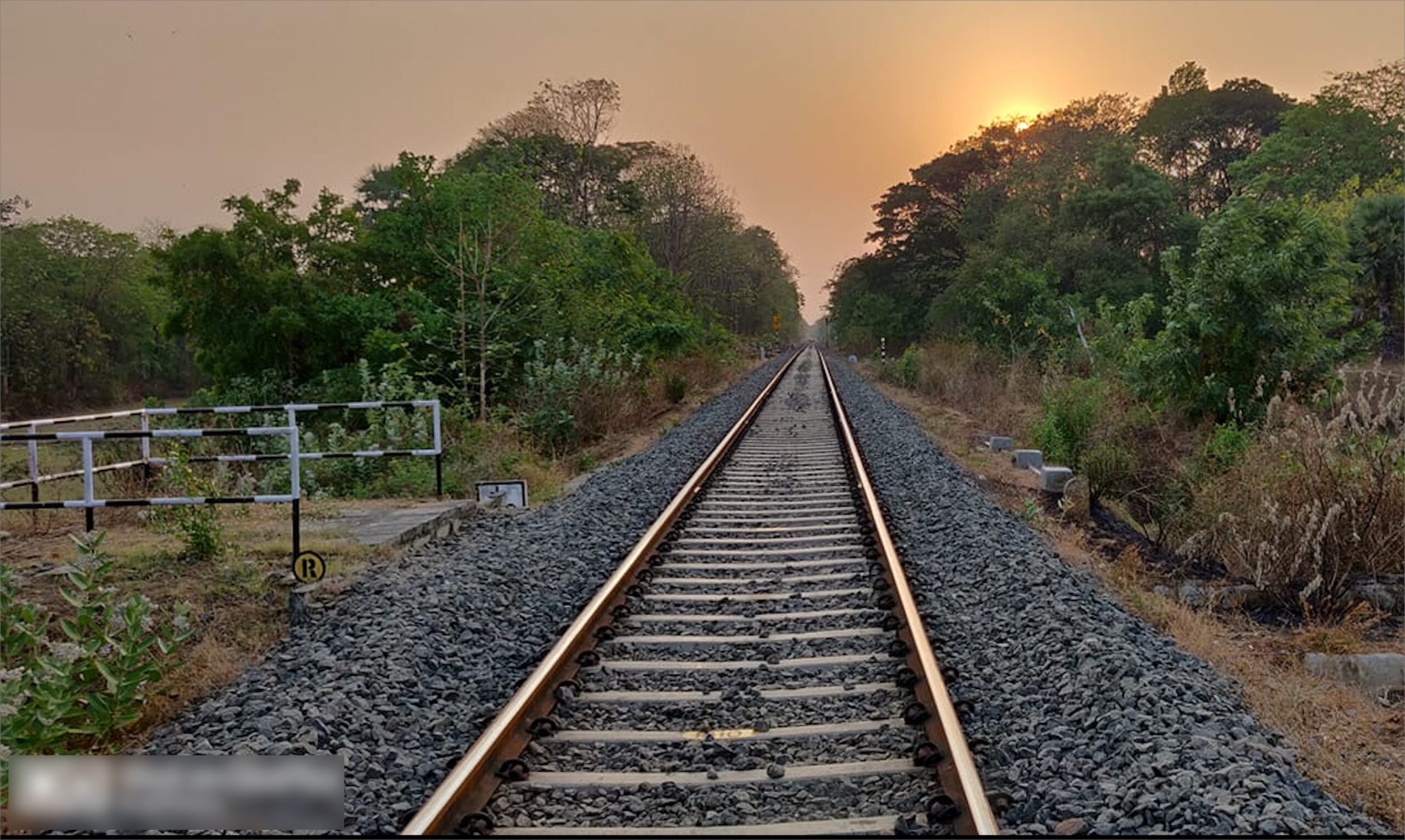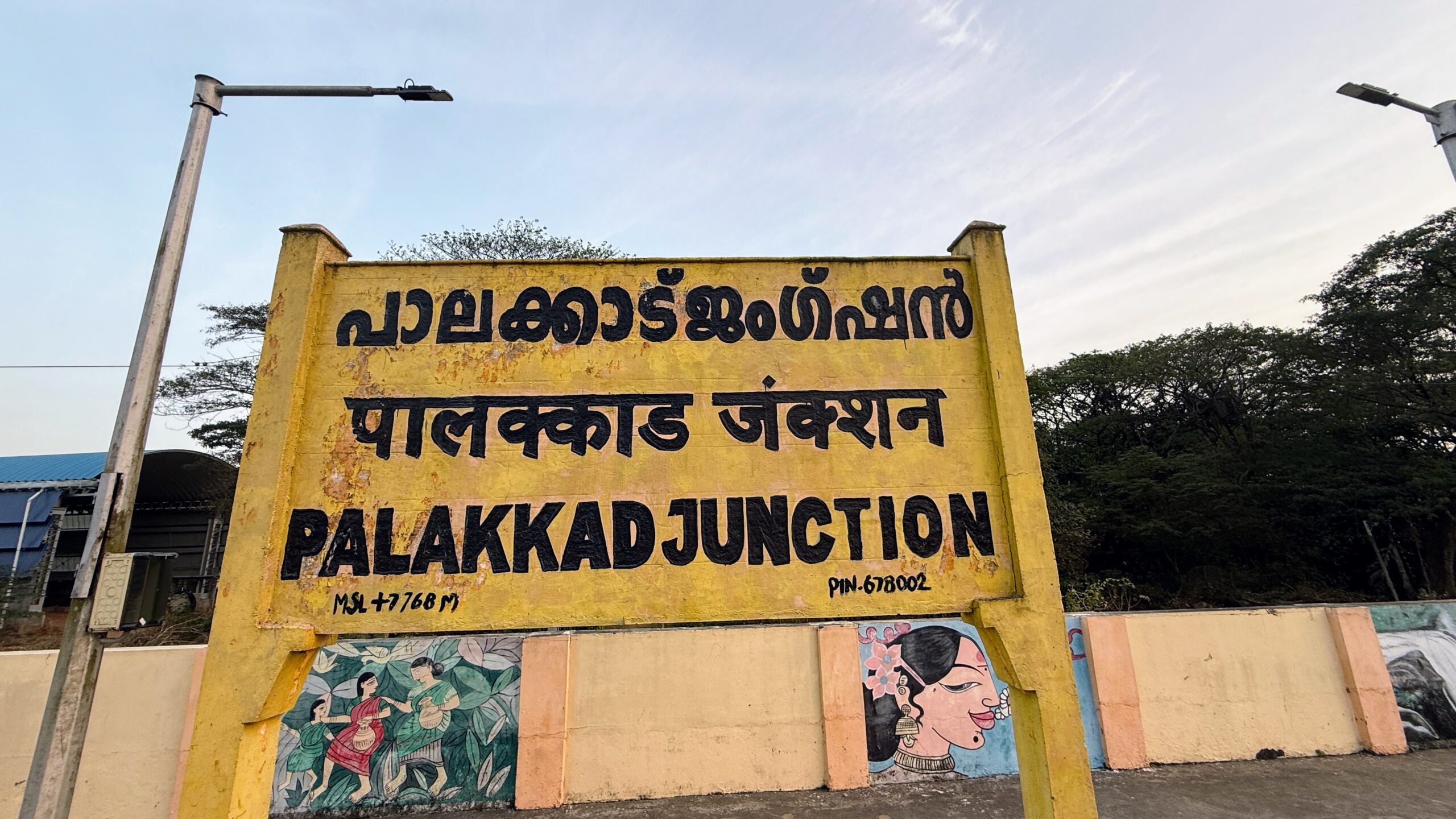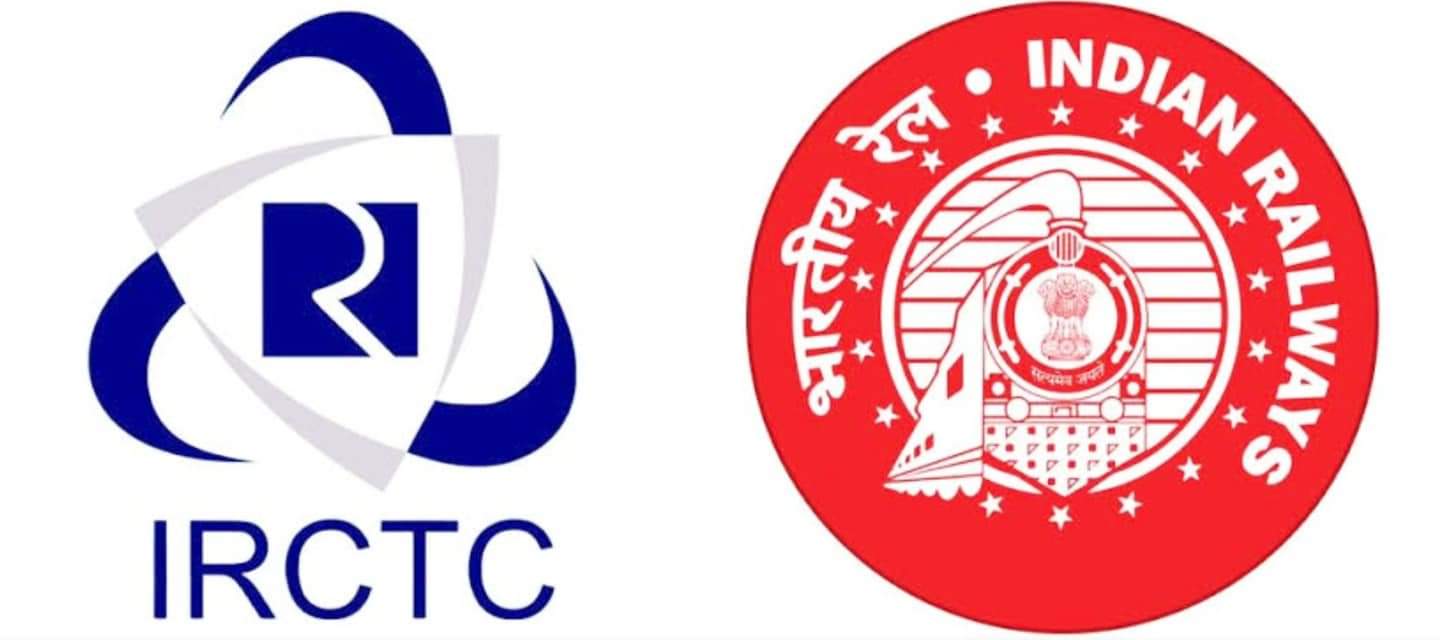The Indian Railways, spanning over 67,000 kilometers and carrying around 23 million passengers daily, is a monumental network. However, challenges persist. A deep dive into the primary issues and their resolution will give a comprehensive understanding.
Lack of Punctuality
Overloaded Network:
– Problem: Many mainline routes are saturated, leading to trains waiting for clearance, which results in delays.
– Solution: Augment capacity by introducing quadruple lines in high-density routes and modernizing major junctions to reduce dwell time.
Aging Infrastructure:
– Problem: Manual signaling, old tracks, and worn-out rolling stock reduce efficiency and speed.
– Solution: Embrace electronic interlocking systems, replace old tracks with higher quality rails, and procure modern coaches and locomotives.
Operational Issues:
– Problem: Multiple maintenance blocks, lengthy freight operations, and ad hoc halts disrupt schedules.
– Solution: Develop separate corridors for freight and passengers and implement precision scheduled railroading.
External Factors:
– Problem: Encroachments, human activities on tracks, and extreme weather events disrupt operations.
– Solution: Build fencing along critical tracks, improve weather prediction integration into operations, and engage with local communities for awareness.
—
2. Lack of Hygienic Activities
Sanitation in Trains:
– Problem: Waste collection and disposal methods are not standardized, leading to littering inside trains and at stations, and environmental concerns.
– Solution: Introduce centralized waste collection systems in each coach, implement segregated waste bins for organic and inorganic waste, and establish waste processing and recycling units at major railway stations.
Station Cleanliness:
– Problem: Stations, especially major ones, suffer from litter, spitting, and inadequate waste management.
– Solution: Initiate cleanliness drives, implement mechanized cleaning methods, and run awareness campaigns. Establish waste segregation and recycling units at major stations.
Food and Water Quality:
– Problem: Incidents of food poisoning and substandard meals tarnish the image and endanger passenger health.
– Solution: Centralize food preparation in hygienic kitchens, introduce e-catering with ratings and reviews, and regularly audit vendors.
Toilets and Bathrooms in Indian Railways:
– Problem: Many train toilets are outdated, leading to cleanliness issues and an unpleasant experience for passengers. Bathrooms at stations are often overcrowded, lack modern facilities, and suffer from hygiene problems.
– Solution: Retrofit trains with contemporary sanitation solutions like vacuum toilets, ensure regular cleaning schedules, and upgrade station bathrooms with modern fixtures, efficient plumbing, and automated cleaning systems. Further, introduce feedback mechanisms for passengers to report cleanliness concerns.
—
3. Lack of Safety
Train Accidents:
– Problem: Human errors, equipment failures, and sabotage lead to unfortunate accidents.
– Solution: Introduce automation in signaling, continuous track monitoring systems, and regular safety audits.
Crime:
– Problem: Insufficient security personnel and poor surveillance lead to theft and other crimes.
– Solution: Deploy additional RPF personnel, integrate AI-based surveillance systems, and encourage passengers to report incidents promptly using apps.
Unmanned Level Crossings:
– Problem: Major accidents occur at these intersections.
– Solution: Fast-track the conversion of these crossings into over or underpasses, and where it’s not feasible, deploy gatekeepers.
Roadmap to World-Class Railway
Technology Adoption:
– Strategy: Use AI and Big Data for predictive maintenance, reducing sudden breakdowns. IoT can monitor real-time train health, and Blockchain can streamline procurement processes, ensuring transparency.
Stakeholder Engagement:
– Strategy: Launch feedback apps, involve local communities in beautification and awareness projects, and establish public forums for continuous dialogue.
Public-Private Partnerships:
– Strategy: Attract private investments for station redevelopment, rolling stock upgrades, and digital transformation projects. Offer incentives and clear policy frameworks.
Capacity Building:
– Strategy: Institute regular training modules, integrating global best practices, soft skills, and emergency handling protocols for all railway staff.
Sustainability:
– Strategy: Transition to solar-powered stations, electrify all tracks, and use bio-fuels for trains. Aim for a substantial reduction in carbon footprints.
The journey of the Indian Railways towards global standards is fraught with challenges, but with the right strategies, visionary planning, and the collaboration of stakeholders, it can stand shoulder to shoulder with the best in the world.
Hey there! 😊 We run a small YouTube channel for Roads & Rails, and we'd love your support! Now the channel features daily Rail fanning videos.. Please Hit that subscribe button to help us stay inspired and create even more exciting content. Got questions, feedback, or ideas for collaboration? We’d love to hear from you! Drop us a message at mail@roadsandrails.org. Thanks for being part of our journey!









